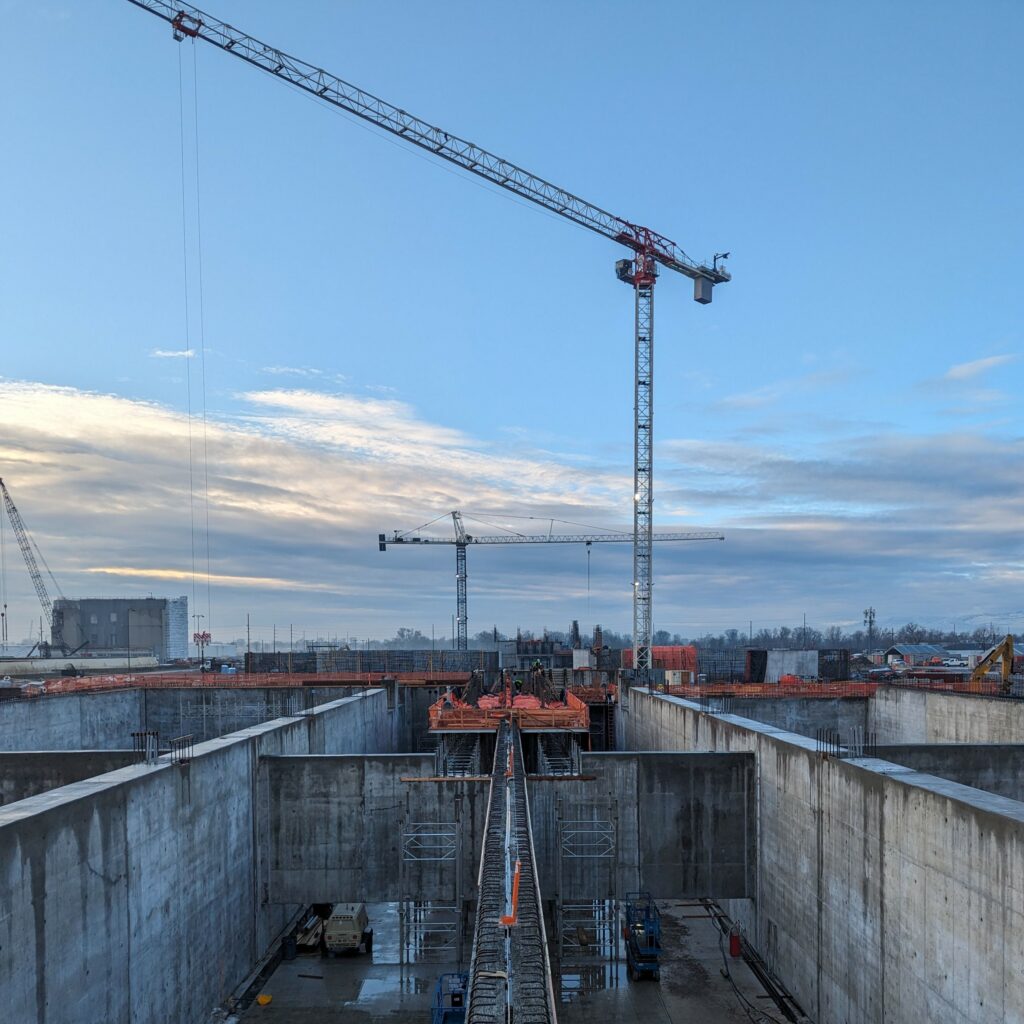
For more than 60 years, the Salt Lake City Water Reclamation Facility has been treating the wastewater from Salt Lake City. The Facility processes an average of 33 million gallons per day as the city’s sole wastewater treatment plant. That’s over 50 Olympic-sized swimming pools of water a day. Aged infrastructure, newer building codes, resiliency goals and new regulatory requirements were key drivers for constructing an almost entirely new facility.
That’s why Sundt Construction, in a joint venture with PCL Construction, the city’s project team, and design partners AECOM and Jacobs Engineering Group, were called upon to upgrade the half-century old structure into the Salt Lake City New Water Reclamation Facility. This transformation includes new advanced treatment processes with state-of-the-art biological nutrient removal that increases efficiency, improves water quality, reduces odors and makes the plant more seismically resilient.
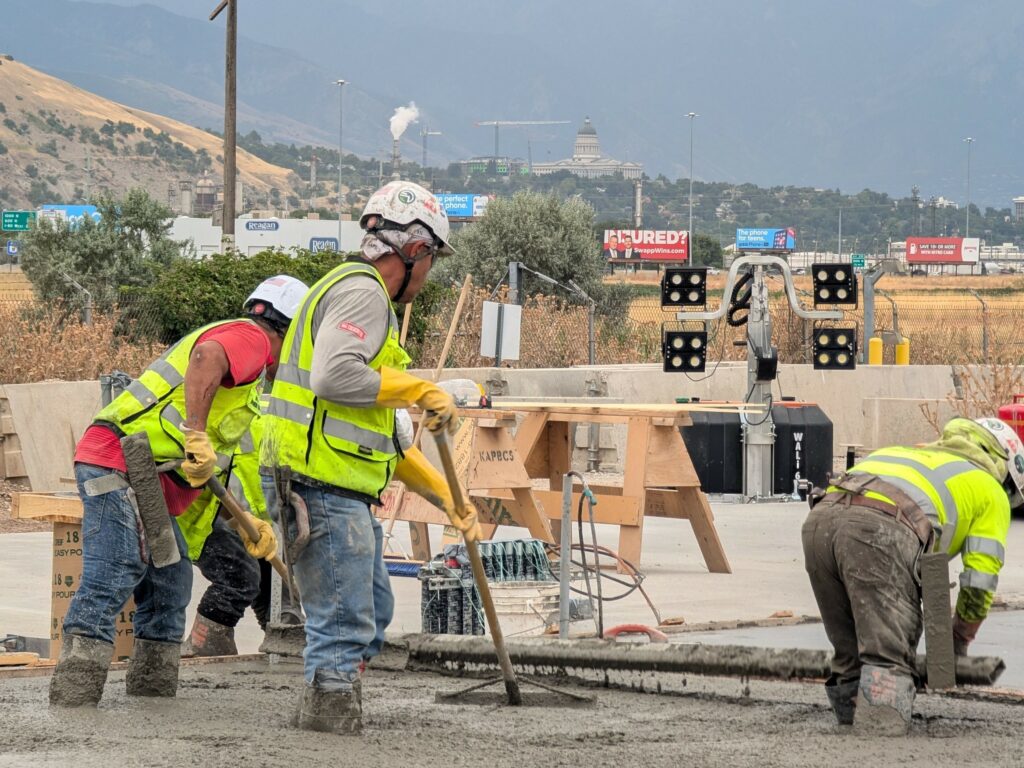
One of the most notable accomplishments is the completion of all structural concrete, a massive undertaking that made up $100 million of the entire $618 million scope of work, completely self-performed by Sundt/PCL’s skilled workforce. Now the focus is on the architectural concrete, adding the finishing aesthetic touches that will round out the concrete scope.
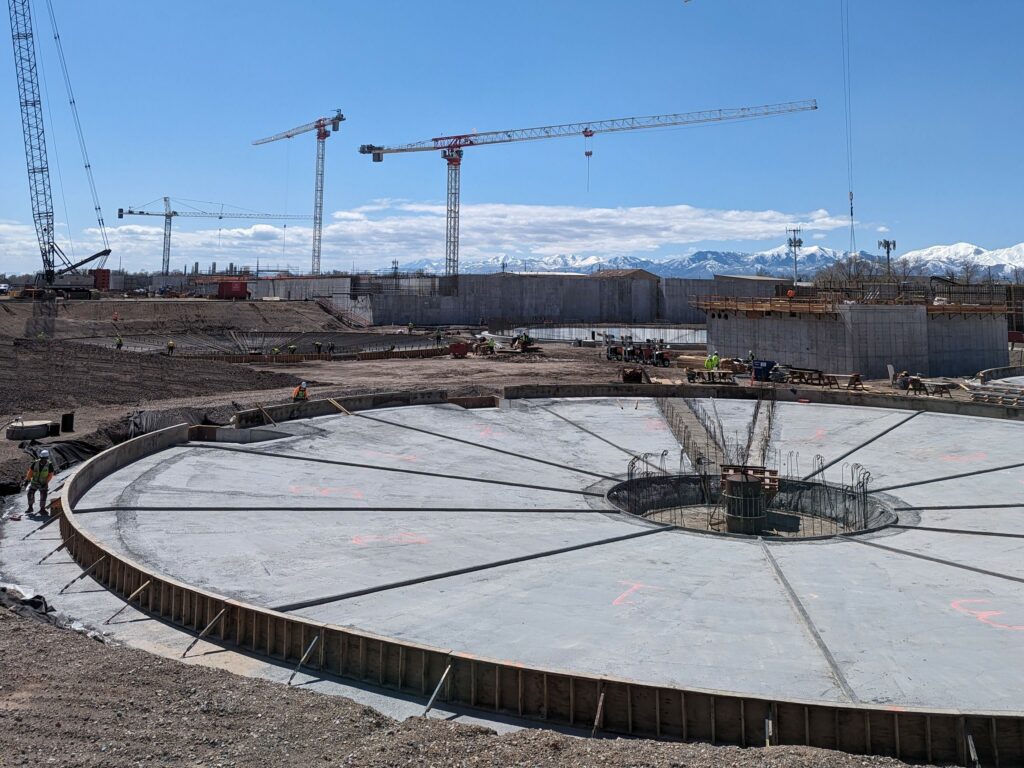
“One of the greatest challenges our industry is facing right now is the labor shortage. It’s difficult to staff projects in general, but to staff them with experienced, highly skilled craft professionals is even harder,” said Project Manager Karthik Reddy-Alugubelly. “However, Sundt’s self-perform capabilities, particularly concrete, are some of the best in the industry. It allows us to ensure a high degree of quality as well as a great deal of control over the cost and schedule.”
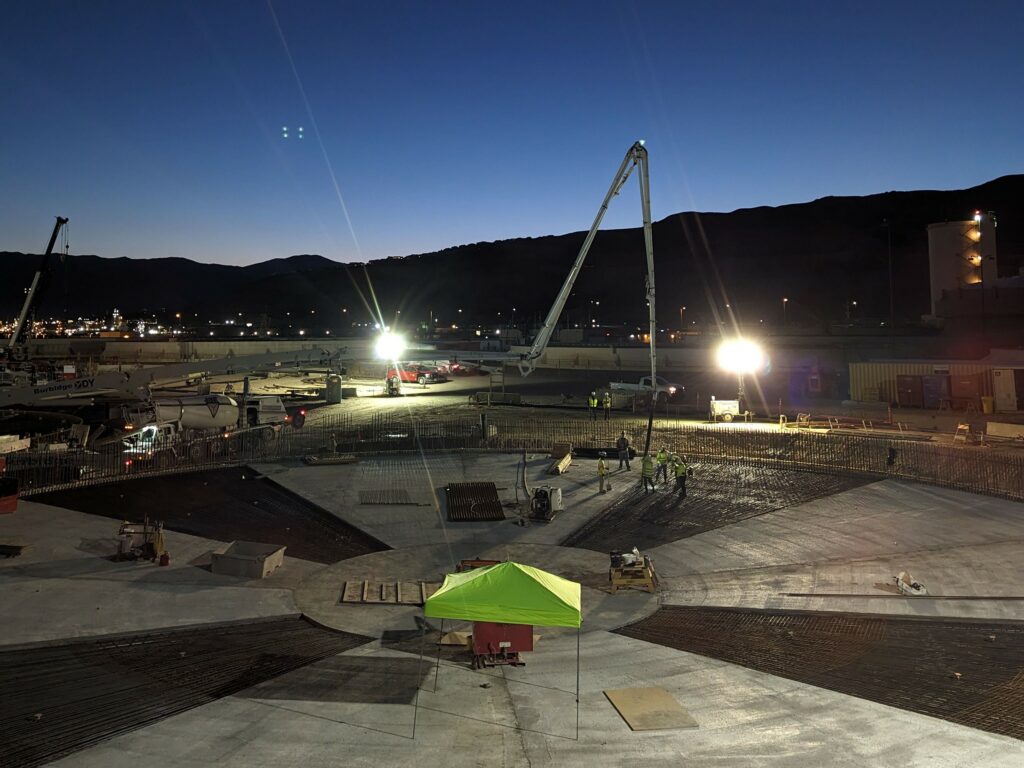
Procurement has been one of the biggest challenges on this project, particularly for major equipment such as generators and blowers. However, the Sundt/PCL team’s depth of knowledge and understanding of the current state of market and supply chain constraints allowed them to work with the city to initiate the procurement process early on, ensuring the arrival of this critical equipment still aligned with the proposed schedule. Aside from the generators, one of the longest equipment lead-times on the project has been the blowers for the blower building.
Blowers are essential components of the aeration system, providing a continuous supply of air to support biological treatment processes by promoting the growth of microorganisms that break down organic matter in wastewater. These four blowers, which were among the first pieces of equipment ordered in the procurement process, took an astonishing four years to arrive on site. The successful installation of the blowers nearly a year ago reflects the team’s forward-thinking as they navigated the challenges of the market during the world-wide COVID pandemic.
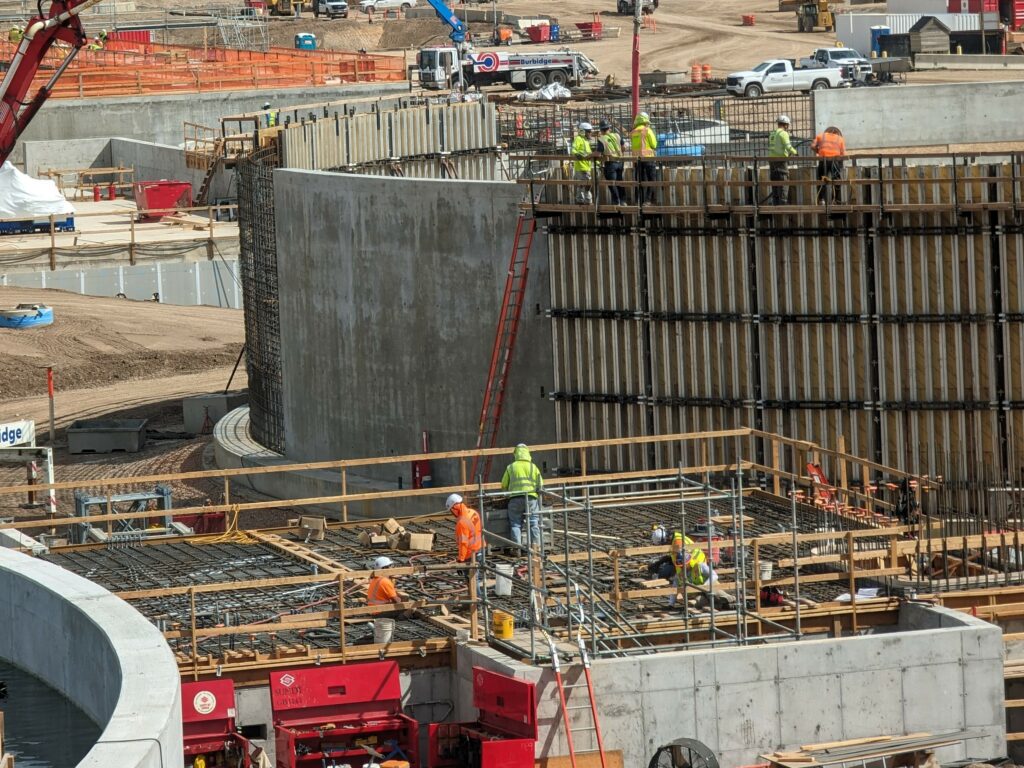
“Oftentimes when procuring materials for a water treatment plant, the term ‘industry standard’ gets thrown around,” said Project Manager Max Wilson. “However, this project has been anything but “industry standard,” with unique specifications and requirements. The Sundt/PCL team has been able to rely on knowledge from past water/wastewater projects to come up with creative solutions to problems as they arise. The team has been able to utilize relationships with many key vendors and suppliers, which have become instrumental when navigating supply chain issues and material price escalations that can happen on a project with such a long duration.”
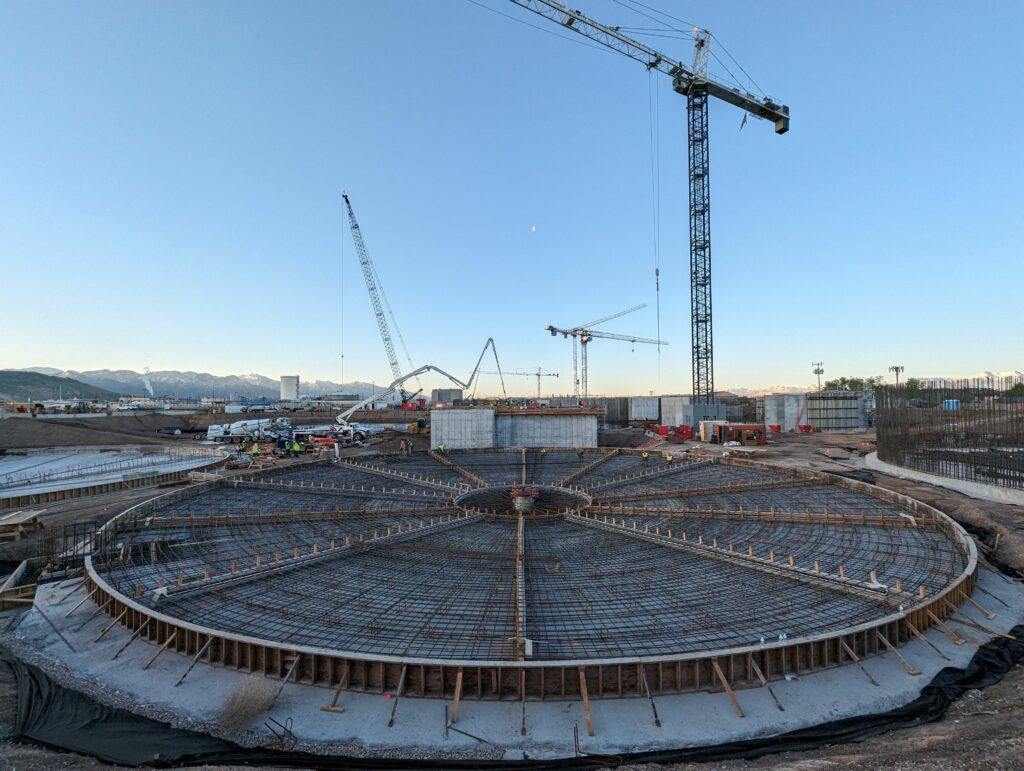
The CMGC (Construction Manager/General Contractor) contract on this project has made this early collaboration with the owner possible. This early involvement in the design phase helps to improve constructability, control costs and streamline project execution before transitioning to construction. The CMGC model significantly enhanced the project’s ability to manage supply chain challenges and meet critical deadlines.
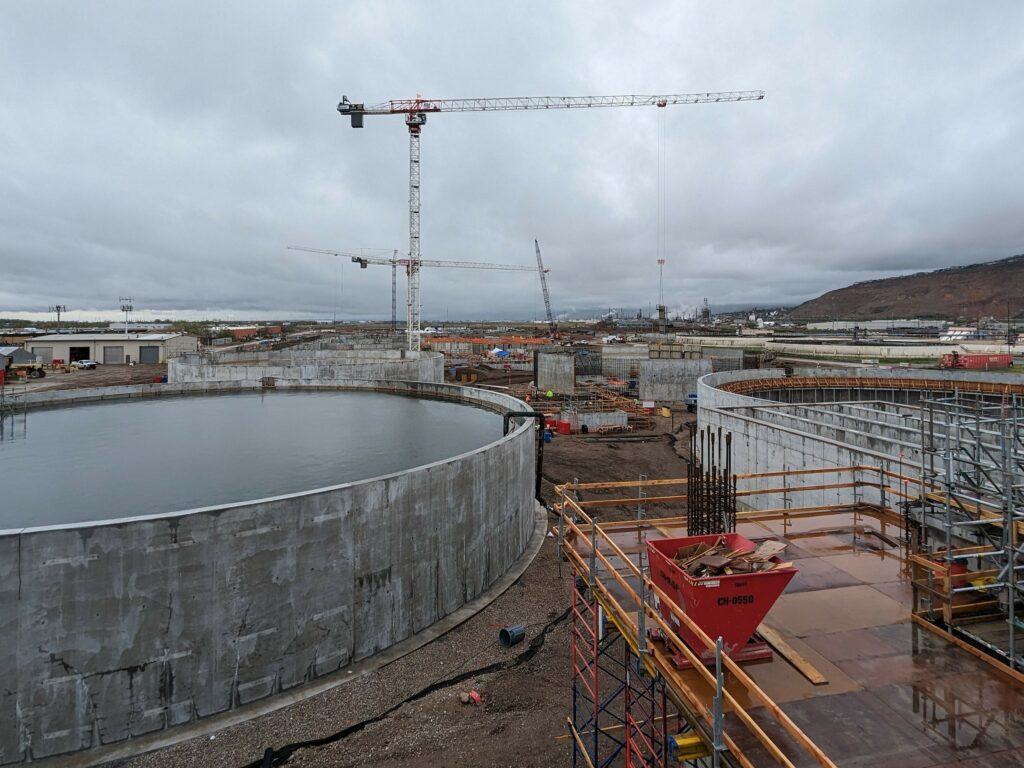
Currently, the project team is focused on turning over six electrical rooms across the site to the electrical subcontractor. This involves constructing masonry and precast concrete walls, installing structural steel, doors, windows, and completing membrane and metal roofing. Enclosing these rooms is essential to ensure they remain dry for the installation of long-lead electrical equipment and HVAC systems. Once these components are in place, electricians will begin pulling miles of wire through underground duct banks and conduits to connect power and communications across the site.
As the construction of the Salt Lake City New Water Reclamation Facility progresses, the dedication and expertise of the Sundt/PCL team continue to drive success. Overcoming industry-wide challenges such as labor shortages and supply chain constraints, the team’s proactive planning and self-perform capabilities have ensured that critical milestones are met. With structural concrete complete, key electrical infrastructure in place and essential equipment arriving on schedule, the project remains on track for completion in July of 2026. Once complete, this state-of-the-art facility will support Salt Lake City’s long-term water sustainability goals.
Learn more about what we’re building in the Intermountain Region.